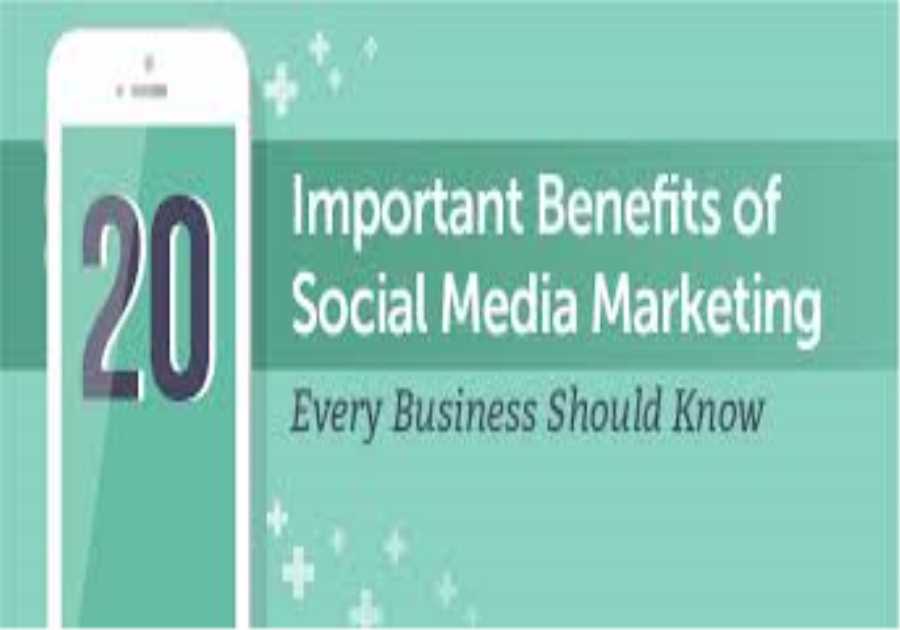
Devon Rodriguez is an artist and content creator. He sketches the New York City subway.
Michael Robayo
Devon Rodriguez wasn’t unknown before he joined TikTok, not in the art world anyway. A high school prodigy whose realistic oil paintings of subway passengers caught the attention of sculptor John Ahearn, Rodriguez’s work has appeared in The New Yorker, ArtNet News and The New York Times. But it wasn’t until August 2020, when he started drawing people on the subway, filming their delighted reactions and posting their videos on TikTok, that he felt really famous.
“I’d get this reaction from people like, ‘wow, this is magic,’” Rodriguez says.
Within two days of his initial subway posting, over 400,000 had followed him and more than 25 million people had seen his TikTok videos. He was then offered a sponsorship deal by Cheetos. They paid him $7,000 to design their logo, and to share his video on TikTok. Rodriguez, who was living in his grandmother’s house in the South Bronx, saw the potential and started sharing his work on Instagram and YouTube as well.
Now, Rodriguez posts regularly not only on TikTok, where he’s the platform’s most-followed visual artist, but also on Instagram, YouTube and other platforms. This year, Rodriguez expects to generate more than $1,000,000 in revenues.
Rodriguez’s multi-platform formula is employed by most top-earning creators. Makeup tutors, livestream gamers, fitness models and subway artists all know that if they’re seen on more platforms, they attract more sponsors and views. Meta, Snapchat and TikTok are all competing for the most share of this creator economy that is estimated to generate $100 billion annually. Platforms offer creators bigger and more exciting opportunities to monetize content in their quest for short-form creators’ attention.
This summer, Meta increased its reach when Mark Zuckerberg, CEO of Meta announced new ways that creators can earn on Instagram and Facebook. The update includes expansions of the company’s Facebook Stars, an in-app currency much like TikTok coins that fans can purchase and gift to creators, and Reels Play Bonus program, which compensates creators for direct views on their Reels. The announcement is the latest step in the social media giant’s quest to recruit creators of short-form video content — often, those who focus their attention on TikTok.
In response, creators are seeing these new financial rewards not as incentives to migrate from one platform to another, but instead to join additional platforms like Meta’s Facebook and Instagram. According to social media managers as well as creators, SMEIt is becoming more important for them to share their content on every platform. Many, especially short-form creators, though, say that it’s not yet viable to make a living from in-app monetization alone — on any platform.
“During the pandemic, I kept hearing everyone say that TikTok is the way to go viral,” says Rodriguez, who now has 26.8 million followers on TikTok, 3.7 million followers on Instagram and 2.9 million subscribers on YouTube. “But now I post on all platforms to have a presence on all platforms, for sure.”
Meta’s monetization incentives directed at short-form content creators come alongside TikTok’s rapid growth relative to Meta’s platforms. Weekly use of TikTok among Gen Z youth surpassed that of Instagram last November, according to a Forrester analysis, and Facebook’s user growth rate is slowing as well. These incentives are not limited to Meta and TikTok. YouTube, Snapchat, and Pinterest all offer creator funds. They focus on short-form videos and generate view-based income for creators. These incentives, however small, are a factor in creators’ push to expand to more social media platforms because creators see them as a way to diversify their income streams.
The timeline of short-form creator monetization updates by social media giants.Phoebe Liu
Keith Dorsey, CEO of Young Guns Entertainment, a talent management agency focused on Black creators, says he puts a lot of energy into researching trends in the creator economy — and has subsequently spent time convincing creators to get on more platforms.
“You know a lot of the creators I work with … they get a little big-headed, like I’m already famous on this platform, why? Trust me,” Dorsey says.
Robert Dean III is a content creator under Robiiiworld. He’s a veteran of the content creation industry — he first went viral almost a decade ago with relationship-based comedic sketches on Vine, Twitter’s now-defunct video-sharing site, before building followings on several other platforms. Every day, he gets up before 7 am, records all of his content, then shoots and edits throughout the day. Although his content remains the same as in his earlier days, he is now more flexible with how he edits. He may make longer videos or switch between editing styles depending on current trends.
“I mastered making content to adapt to all the platforms, so now, if I make a piece of content, it’s gotta fit TikTok, Instagram, YouTube and Facebook.”
Robiiiworld is the creator of content. Keith Dorsey, his manager in 2021.Paras Griffin/Getty Images, BStarPR
Creators are increasing their visibility on various platforms. Different platforms automatically fall under different roles.
“The most important things for creators are distribution and money,” says Lauren Schnipper, VP of corporate development at Jellysmack, a company built on the premise of helping creators diversify what social media platforms they use. Jellysmack signed thirty TikTok artists last month through a partnership deal with Meta. The company plans to reuse their content on Facebook, Instagram and YouTube Reels. This company is a graduate of The University of Texas. SME’ America’s Best Startup Employers list and received series C funding from SoftBank last year.
“So what’s great about TikTok? Amazing distribution, some brand deals, but they’re not really monetizing that much,” Schnipper says. “If you’re providing both monetization and distribution to help grow your audiences, creators will come.”
Dean agrees: “I look at TikTok as keeping you relevant, and I look at Instagram as keeping you paid.”
He says SME On Facebook, he typically earns about $1,000 per month and on Instagram, he makes roughly the same. He earns around $200 each month on TikTok where he has more views than the other Meta platforms.
Of the four creators, however, only one spoke. SMEDean is an exception. Dean makes approximately half of his revenue directly from short-form video views: creator funds and Reels bonuses as well as YouTube views. Other half is from brand partnerships. These are deals whereby brands pay creators to create content that promotes products.
Others who create short-form content claim that in-app revenue from creator funds and Stars, Coins is still not a sustainable source of income. For the majority of short-form content creators, brand partnerships provide their main income stream.
Rodriguez is a UTA Talent Agency employee. He claims that he has earned $500,000 in brand deals since 2021. This compares to $33,500 for the TikTok creator fund. The TikTok creator fund rewards creators according to video views. He does not currently earn money from Meta’s counterpart for Instagram and Facebook Reels, the Reels Play Bonus program.
Justine Doiron (a Brooklyn-based food blogger) started on TikTok. Since then, she has expanded her accounts, including her Instagram. A majority of her income comes from brand deals. According to her, the revenue she earns is divided 70-30 among brand partnerships as well as her blog.
“I don’t think [the TikTok creator fund] is a creator-centered system,” Doiron says. “It is a very easy compensation system for them to integrate, so I don’t fault them, and I think it’s a good thing for creators overall, so we can put out really valuable content but not necessarily have to tie a partnership to it. I’m interested to see where Meta goes with this.”
Justine Doiron, a food content creator full-time, creates and films her own recipes. them.Justine Doiron
Doiron is currently only part of the Pinterest creator fund but said she would consider joining both TikTok and Meta creator funds if the platforms figured out how to pay creators more in a way that doesn’t require them to be “constant content treadmills.” Doiron is currently recipe testing, filming and editing for 5-6 TikToks and 2-3 Instagram Reels per week, with work days that often extend later into the evening than in her previous job in public relations. Hank Green’s video in which TikTok was criticised for not paying creators is cited by Doiron. TikTok didn’t respond to our request for comment.
It is possible that the economic downturn could affect how creators spend their energy and time. According to The Information, brand deals and advertising revenue are declining, as well as funding for startups in the creator economy. Business Insider published last month that Jellysmack had laid off 8 percent of its employees due to a predicted decrease in advertising revenues.
This means less reliance on brand deals and ads, and possibly more reliance on views, as Charlotte Dobre from YouTube says.
Dobre works with Jellysmack and has more than a million followers on her YouTube account, where she creates comedic content meant to “brighten someone’s spirits.” She says she earns almost all her revenue from in-stream ads, half from YouTube and the other half from Facebook.
While it’s exciting that Meta is adding more opportunities for creators to monetize without ads, she says, those avenues aren’t currently a large part of her business. She will devote more resources for short-form content when those opportunities arise.
Creator funds and bonuses are a positive but temporary solution, Schnipper says, adding that as social media companies search for ways to figure out “something more sustainable” for creators, there’s definitely still an advantage of being on as many platforms as possible no matter what happens.
“I’m very proud of the fact that I have highly diversified social media accounts, so if TikTok goes away, I’m not on the streets, and vice versa for everything else,” Doiron says.
While Meta is facing a drop in earnings in an era of new data privacy features introduced by Apple, TikTok is facing criticism — and a possible FTC investigation — for misrepresenting what it does with user data.
“You never know how long it’s going to last,” Dobre says. “The crappy thing about this business is that you have to strike when the iron is hot.”
The post Social Media Platforms Compete For Creators’ Attention. Creators Choose Them All appeared first on Social Media Explorer.






